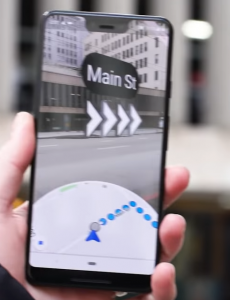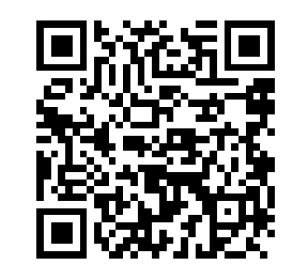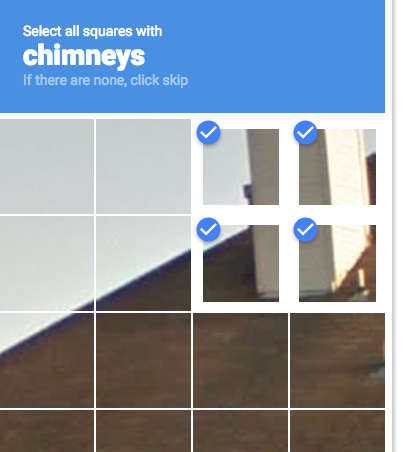It seems I’ve written a lot of things on business over the years and to be honest I’ve forgotten most of what I wrote. I’ve gone though my archive and have pulled out posts I think are worth reading. 20 in all from 2008 until 2019. I have cringed a few times though.
2008. I suggest we should run our own good conferences in Ireland. And years later I put my money where my mouth was. I still think the same today. Loads of opportunities and loads of people want to know new things. For me my next conference will pay the speakers for their time so that adds more cost but is doable.
2008. Kind of “be the change you want to see in the world” but I suggest that maybe we should be our own hero. Take example from your heroes but then make yourself one too.
2009. I came up with the wacky idea of me being a Summer intern in your company. My company was obviously making too much money at the time but I was also getting bored. The idea was to get me into new industries to understand them which would allow me to broaden my knowledge and could then work with more companies. Stories I have from a trading company in particular are still being used by me today.
2009. I think this could do with editing and a re-write but it’s about finding your own groove or your own flow and working in that. I guess it’s about breaking out of the frequency you existed in if you worked for someone else. Sometimes it’s your frequency, sometimes it isn’t. I know why the Caged Bird sings.
The caged bird sings
with a fearful trill
of things unknown
but longed for still
and his tune is heard
on the distant hill
for the caged bird
sings of freedom.
2009. I’m happy to share all the training documents I’ve spent hours and days and weeks putting together. This is about making your work available for free. When I did that, I got lots of work back. If you give something away for free it spreads far and wide and it gets you more customers in the end. It also shows your confidence in your ability and ensures you have to keep updating your work to stay ahead of people. I’m actually going to do this for all my documents in 2020. Stay tuned. Now, don’t devalue yourself either. Do charge for work, do not work for exposure.
2010. Business communications document. I was on to something with this. Precursor to me figuring out strategy documents. Showrunners have documents that describe the characters in the universe their TV show is in. A character would never do X but would definitely do Y if this happened. Now you do the same for a customer. My strategy documents now talk about psychographics and demographics but I might come back to this as companies might get this more.
2010. Speaking as an introvert or former introvert, public speaking can be tough. Some tips on how you can do it. It’s about the slog. Just keep doing it. Short bits that eventually turn into longer bits. I reference the documentary about Jerry Seinfeld getting back into stand up and he just works so hard doing lines in every club, many times in one night. Eddie Murphy recently talked about there not being short cuts and for him and his new show, he has to go back out and work from the bottom up. Now I love public speaking. The thrill of getting up in front of a crowd and winging it!
2010. No excuses, just start something. That poetry, that new business idea. Just do it. There have been a few of them over the years. I guess nowadays it’s almost the opposite of what is in the post re: cheap office space but you can still do it. I may do a 2020 version.
2013. Pork in Every Fucking Dish. This is about being your own authentic self and not letting people dictate what you are about. This is a mantra that I remind myself of a lot. I think for the past few years I put that away. No more! Must get this made into a badge.
2013. Moments of Truth. A quote from a Netflix strategy document. Building an experience and prior experiences so that people when they want to be entertained or to pass time, decide on Netflix.
2013. Starting before you know what to do. A quote from a young enough Zuckerberg. As relevant now as it is then. Have an idea and then build it. Today we have people being brought into “pre idea” startups. Would ya cop on!
2014. Starting a business in 2014, some thoughts. Linking back to other posts. Getting very meta.
2014. Thoughts on creativity. We’re all creative, we just need to massage it out of ourselves after it was beaten away deep into us over time. Sometimes we need to learn a language or a skill to extract it.
2014. Just Fucking do it yourself. Less of the “someone should do something” or “why didn’t you do ..”. The tech is there for you to do it yourself. No to the gatekeepers.
2008. And? The fear of failure. The worry that you’re not good enough. Every idea you don’t execute is a failure. Do it for even one day and you’ve done better than before.
2015. Starting a startup is hard though and some thoughts that might help you along.
2016. Mentoring, get mentoring someone but maybe become a mentor. You learn lots from doing both.
2017. Pattern recognition. I need to refine this idea. I think some of the best business ideas come from people seeing patterns and systems and then tweaking those systems. Software will eat the world is all about automating those systems with software or routing those systems to somewhere else. AirBnB lets everyone rent out a “hotel room” in their home. It might be you’re good at spotting short cuts or speeding up your work tasks by using an online too. I think you can learn to spot patterns over time. Business biographies work like that as a form of training databases though they need to cover how the business was formed and the struggles. the 5th book from some business bore won’t cut it.
2017. Fuck you, pay me. My time is precious. Wanting to meet me for a coffee costs me dearly. I know my value. I think a lot of people do not see their value. Own your value!
2018. Just a band. Route around obstacles. The Internet was built so that if there was a nuclear war, you could route around damaged parts of the network. If you are prevented from doing something, route around it. Don’t be dictated to by old standards and old rules.
2019. Training data. Books, YouTube videos, talks, podcasts. They can all help inform you to start or be better at business. The same way we give machines training data, we can feed ourselves training data too.




